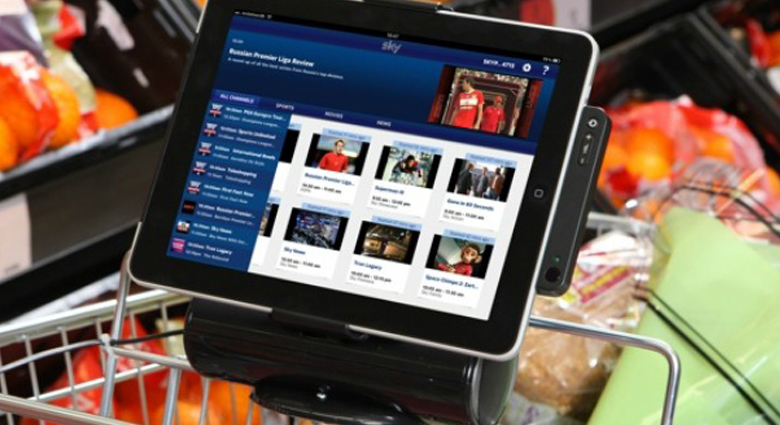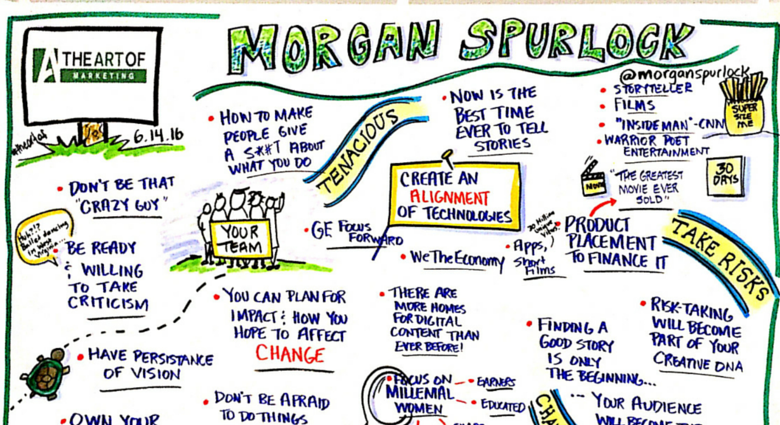Canadians love their smartphones. 33% of us have one and we don’t leave home without it. With 79% of Canadian smartphone users unable to leave their homes without their devices and 60% having used their smartphone to access a webpage everyday over the past 7 days, smartphones and tablets can officially be considered to be Canadian consumers’ constant companion. We use it all day, everyday. However, despite consumers’ shift towards mobile platforms, advertisers have yet to shift their thinking of how to effectively target mobile users. Much like TV advertisers struggled to adapt to digital channels with the onset of the Internet, many of today’s advertisers continue to use old web paradigms for mobile platforms even though the devices and the way they are used to browse couldn’t be more different.
"Mobile marketing is solving the consumers’ problems when they are in different environments."
At home on a computer consumers research a purchase, checking several sites, blogs and consumer reports before looking for a vendor nearby. It makes sense to profile these habits. However, behaviour doesn’t necessarily reflect intent on mobile platforms. While smartphone and tablet users frequently kill time playing games and/or looking up trivia, they are more often than not, looking at the updated scores or the current weather, checking when the next train arrives, reading breaking news or even comparing two products in the store right now. When it comes to mobile it’s all about the here and now. Even if we could track the consumer’s mobile behaviour, there’s no time to target and retarget them with display messages given the immediate nature of mobile activity.
Given mobile’s users immediate intentions, the key to successful mobile marketing is pinpointing and capitalizing on this platform’s unique strength – movement. Smartphones move in time and in space. We use our phones at work, at home and at play. They are with us in wind, rain and snow. We even bring them on holiday and business trips. And all along the way we use them to help us navigate the world and make decisions.
Imagine you’re at a football game, your team is winning, you’re excited and you decide to check in on your office pool using your smartphone. Are you thinking about gardening? Probably not. Do you want half-price chicken wings? Yes, more likely than not. Think about how powerful a chicken promo might be if sent to the location of the game during the hours of play. Certainly the results would out-perform an ad for tulip bulbs in the same setting. This message, at this time and in this place, will probably better reach the target audience than any other large unfocused campaign. Because your consumer is hungry for chicken wings, right now and he can get them nearby. Now imagine it’s raining, the game continues, but the consumer’s needs have changed. He’s more concerned with his warmth and dryness than his hunger. A display ad for ponchos or team caps would be more likely to grab his attention in this particular moment and environment. But how do we as advertisers make the most of this opportunity? It’s simple: by targeting the times, places and situations when and where consumers are open to seeing and responding to your advertising message.
“Location, location, location!” Once upon a time these words of wisdom were the golden rule of business real estate. Where you placed your storefront in the physical world determined the number of paying customers you could expect to buy your product or service. It was all about street traffic and visibility. Grocery stores and pharmacies thrived in residential neighborhoods. Banks and trendy coffee shops fared better in a business district. It seemed like common sense to be where your clients were. And advertisers followed this logic. Glossy catalogues were delivered to upscale neighborhoods and university campuses were covered in concert posters. With the dawn of a new digital age, location was lost and replaced by a worldwide audience of “placeless” consumers.
Overwhelmed by the sheer number of virtually anonymous viewers, advertisers turned to mass marketing and plastered the Internet with their messages, hoping something would stick. But relevance is the key to performance and advertising works best when directed to the people most interested and able to buy. Networks of “website channels” became the new model for online marketing, using men or women’s lifestyle content, real estate listings or entertainment sites to target a narrower consumer bracket. Yes, this strategy works. It reaches the desktop and laptop browser who is leisurely researching his or her next minivan or pricing a fantasy weekend in Vegas - purchases that may or may not ever happen, and probably won’t happen today.
"Mobile is about finding out what I, as an individual – as a consumer, need to know now."
Even when web ads are matched with demographic content, they can miss the mark. A banner for designer bikinis and sunglasses might resonate with affluent women in a heat wave but it risks irritating those stranded in a snow storm with no Caribbean vacation in sight. Granted, the use of cookies to follow online audiences and track their interests means consumers can be further targeted using their browsing history and subsequently their intent to purchase. That is, people looking at low calorie recipes online are subsequently sent ads for yoga gear or nutritional supplements, working on the assumption that they’re in the market for more health products. But mobile technology doesn’t work the same way, patterns can’t be tracked. And besides, phones aren’t used for the same kind of browsing as laptops. A smart phone or tablet is for answering immediate questions and solving imminent problems on the go.
Mobile is about finding out what I, as an individual – as a consumer, need to know now. So how do we make the mobile message matter? When it comes to mobile marketing, the advertising industry needs to shift its old “mass-market” mind-set and forget about gathering consumer interest by placing banner ads on sites our target might visit. Instead let’s think about where that interest begins and identify the situations and places in which the organic interest in your product is born. This means getting inside the consumers’ head and mapping out the times and places when his/her purchasing decisions are made.
Drilling down to consumer questions is the key to using advertising to generate needs and wants for your offering. If you are selling home security services, ask yourself, when, where and why would a consumer think about the safety of his house and belongings. At home over breakfast? In the office near quitting time? How about at an airport, while waiting for a flight? Travellers, having just left their homes empty and unsupervised might be more willing to consider an alarm service at this particular moment, than at any other, especially since they have some time to kill before boarding. Narrowing the time frame to March-break, Christmas Holiday period, or any other family travel peak times, might further optimize your message and increase the number of consumers exploring your offering.
It’s about solving the consumers’ problems when they are in different environments.




.png)



What Did You Think?